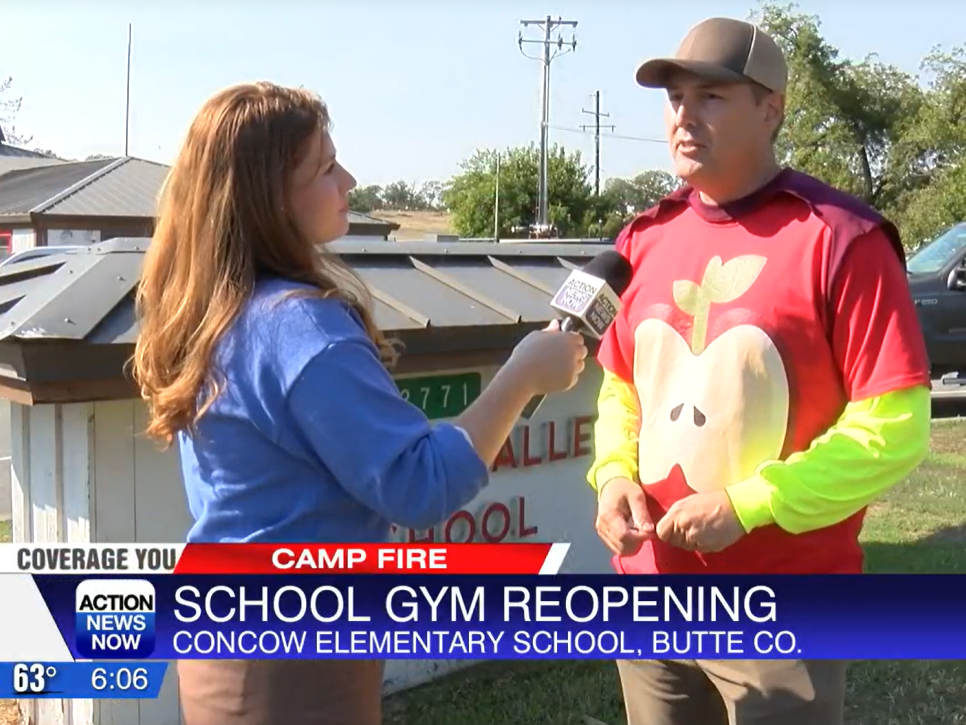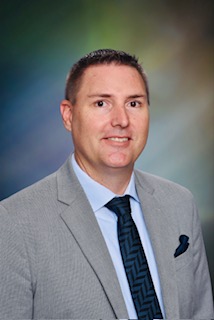With energy prices soaring across the country, homeowners are facing higher electricity bills, and no state feels the pinch more than California. In July 2023, the north state’s electricity rate reached an astonishing $0.44 per kWh in Tier 2. For many families, these escalating costs can be a significant burden. This post explores the challenges of high energy expenses and my solution to combat the costs without relying on solar power.



The Impact of High Energy Costs
As the summer heat intensifies, the demand for air conditioning rises, leading to higher electricity consumption. For those living in regions with extreme temperatures, like California’s north state, running an air conditioner 24/7 is almost essential for maintaining a comfortable living environment. However, this comes at a steep price. For a 2000 square foot house with a newer air conditioning unit set at 82 degrees Fahrenheit (4 degrees higher than the 78 degree recommendation communicated by the utility company), daily energy costs ranged between $12 and $16, and even reached $20 during exceptionally hot days. Reminder: 82 degrees – not 78 – not 75!
For families, finding ways to reduce energy consumption and lower utility bills becomes a top priority. High temperatures are a challenge, especially when there are additional concerns, such as maintaining a suitable environment for our classroom pets and children home during summer vacation.
The Solution: Embracing the Swamp Cooler
To combat the escalating energy costs, I decided to explore alternative cooling options. Recognizing the low humidity in the region, I invested in a Hessaire MC37M Portable Evaporative Cooling Fan. This unit offers a cost-effective and energy-efficient cooling solution for indoor and outdoor spaces in hot, dry climates.
The Hessaire evaporative cooling fan works by drawing warm air through moistened pads, which cools the air through the evaporation process. Unlike traditional air conditioners that rely on refrigerants and compressors, swamp coolers consume significantly less electricity. Additionally, they can work effectively in well-ventilated indoor spaces and outdoor areas.
Cost-Effective Cooling Strategy
I strategically placed the swamp cooler indoors, near a well-ventilated area—specifically in front of a patio screen door, with the front door left partially open for proper airflow. This setup allowed cool air to circulate effectively throughout the house, offering relief from the scorching heat at a fraction of the cost of an air conditioner. To minimize warm air seeping in, I utilized the unit’s packaging (the box) to block outside air from entering through gaps.
Furthermore, during hot afternoons spent outside on the patio, I simply rolled the portable unit outdoors, providing a refreshing and comfortable atmosphere. This cooling approach significantly reduced energy consumption, with daily power usage dropping from 30-45 kWh to only 10-15 kWh, resulting in remarkable savings on the electricity bill.
Cost Savings and Return on Investment
The initial investment for the Hessaire MC37M Portable Evaporative Cooling Fan was about $400 after taxes. However, considering the substantial reduction in energy costs, the unit is expected to pay for itself in just two months. Compared to solar panels, which can take several years to reach a break-even point, the swamp cooler offers an affordable, quick, and effective solution to combat high energy expenses during hot weather.
Conclusion
The rising cost of energy is a challenge faced by homeowners across the country. In regions with extreme temperatures, such as California’s north state, keeping indoor spaces comfortable during the summer can significantly impact electricity bills. As we’ve seen, exploring alternative cooling methods can lead to substantial cost savings and provide a refreshing solution. By adopting this approach, I was able to reduce my daily energy consumption and achieve a two-month payback period on the investment using an evaporative cooler solution.



